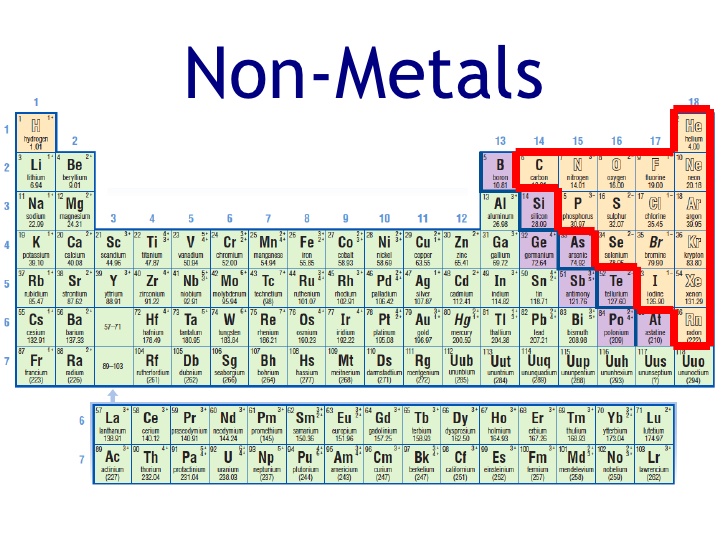
Manganese isotopic contents are typically combined with chromium isotopic contents and have found application in isotope geology and radiometric dating. Because of its relatively short half-life, 53Mn is relatively rare, produced by cosmic rays impact on iron. 53Mn decays to 53Cr with a half-life of 3.7 million years. Manganese is part of the iron group of elements, which are thought to be synthesized in large stars shortly before the supernova explosion. The primary decay mode in isotopes lighter than the most abundant stable isotope, 55Mn, is electron capture and the primary mode in heavier isotopes is beta decay. All of the remaining radioactive isotopes have half-lives of less than three hours, and the majority of less than one minute.

The most stable are 53Mn with a half-life of 3.7 million years, 54Mn with a half-life of 312.2 days, and 52Mn with a half-life of 5.591 days. Several radioisotopes have been isolated and described, ranging in atomic weight from 46 u ( 46Mn) to 72 u ( 72Mn). Naturally occurring manganese is composed of one stable isotope, 55Mn. Manganese tarnishes slowly in air and oxidizes ("rusts") like iron in water containing dissolved oxygen. Manganese metal and its common ions are paramagnetic. It is hard and very brittle, difficult to fuse, but easy to oxidize. Manganese is a silvery-gray metal that resembles iron. Of particular interest is the use of a Mn-O cluster, the oxygen-evolving complex, in the production of oxygen by plants.Ĭharacteristics Physical properties It occurs at the active sites in some enzymes. It is familiar in the laboratory in the form of the deep violet salt potassium permanganate. In the human brain, the manganese is bound to manganese metalloproteins, most notably glutamine synthetase in astrocytes. It is found mostly in the bones, but also the liver, kidneys, and brain. It is a critical component in dozens of proteins and enzymes.

#Mn element metal or nonmetal free
Manganese is also an essential human dietary element, important in macronutrient metabolism, bone formation, and free radical defense systems. Manganese sulfate can be used as a fungicide. Manganese oxide is used as an oxidising agent as a rubber additive and in glass making, fertilisers, and ceramics. It improves strength, workability, and resistance to wear. Manganese is a transition metal with a multifaceted array of industrial alloy uses, particularly in stainless steels. It is a hard, brittle, silvery metal, often found in minerals in combination with iron.

Manganese is a chemical element with the symbol Mn and atomic number 25.


 0 kommentar(er)
0 kommentar(er)
